
What is Data Science? Important Factors to Learn Before Getting Started
Mar 08, 2025 7 Min Read 7747 Views
(Last Updated)
The importance of data has been surmounted to a whole new level where it is considered as equally important as gold these days.
Now if a topic is this popular, then there definitely should be a field dedicatedly working towards the betterment of data, right? That is what Data Science is.
This article will give you a clear idea of what Data Science is, its key components, the process behind it, and finally the future of it. So, this will be an interesting journey around data and you’ll definitely gain invaluable knowledge!
Table of contents
- What is Data Science? Understanding the Foundation
- Key Components of Data Science
- Data Collection
- Data Cleaning
- Data Exploration and Analysis
- Data Modeling
- Data Interpretation and Communication
- The Data Science Process: How Data is Confronted?
- Define the Problem
- Collect Data
- Prepare Data
- Explore Data
- Model Data
- Validate Model
- Communicate Results
- Applications of Data Science
- Tools and Technologies in Data Science
- Exploring Career Opportunities in Data Science in India: Roles and Salary Ranges
- Data Analyst
- Data Scientist
- Machine Learning Engineer
- Data Architect
- Business Intelligence Analyst
- Data Engineer
- The Future of Data Science
- Conclusion
- FAQs
- How does data science differ from traditional data analysis?
- Can someone without a technical background become a data scientist?
- What is the difference between structured and unstructured data?
- What is exploratory data analysis (EDA)?
- How does big data relate to data science?
What is Data Science? Understanding the Foundation

Data science is a field where you use different methods and tools to find useful information from all kinds of data.
It involves steps like gathering data, cleaning it up, exploring it, analyzing it, building models, and understanding the results.
Using skills in math, statistics, and computer programming, and tools like Python and R, you can spot patterns, make predictions, and help make better decisions in areas like healthcare, finance, retail, and marketing.
To put it simply, data science helps you turn messy data into valuable insights that can guide important decisions and spark new ideas.
Key Components of Data Science

Now that you have a basic understanding of what data science is, let’s delve into its key components. Let us see the key components that make data science:
1. Data Collection
The first step in any data science project is gathering the data you’ll be working with. Here’s what you need to know:
- Sources of Data: You can collect data from various sources. This might include databases, web scraping, sensors, or even user-generated content like surveys or social media posts.
- Data Formats: The data you gather can come in different formats. Structured data, like what you’d find in SQL databases, is neatly organized. Semi-structured data, such as JSON or XML files, has some organization but is not as rigid. Unstructured data, like text, images, or videos, lacks any predefined format.
2. Data Cleaning
Once you have your data, the next step is to clean it. Raw data is rarely perfect, and cleaning it ensures you’re working with accurate and reliable information. Here are some key tasks you’ll perform:
- Handling Missing Values: Sometimes data sets have gaps. You can either fill in these gaps using techniques like imputation or remove the incomplete data points.
- Removing Duplicates: Duplicate data can skew your analysis. You’ll need to identify and remove any repeated entries to maintain data integrity.
- Correcting Errors: Errors in data can occur for various reasons, such as human input mistakes or system glitches. Correcting these errors is crucial for accurate analysis.
3. Data Exploration and Analysis
With clean data in hand, you’ll move on to exploring and analyzing it. This step helps you understand the underlying patterns and relationships in your data. Here’s how you can approach it:
- Descriptive Statistics: Use descriptive statistics to summarize the main features of your data. This includes measures like mean, median, mode, and standard deviation.
- Data Visualization: Visualizing your data through graphs and charts helps you see trends and patterns more clearly. Tools like Matplotlib or Seaborn in Python are great for this purpose.
- Exploratory Data Analysis (EDA): EDA involves using statistical tools to dig deeper into your data. This step is all about uncovering hidden insights and forming hypotheses that you can test later.
4. Data Modeling
Now, you’re ready to create models that can make predictions or identify patterns. Data modeling is where you apply various statistical and machine-learning techniques:
- Statistical Models: Simple models like linear regression or logistic regression can help you understand relationships within your data. These models are based on mathematical principles and can provide a solid foundation for your analysis.
- Machine Learning Algorithms: For more complex data, you might use machine learning algorithms. Algorithms like decision trees, random forests, and neural networks can handle large datasets and identify intricate patterns that simpler models might miss.
5. Data Interpretation and Communication
The final step is interpreting your results and communicating them effectively. Your goal is to make your findings understandable and actionable for your audience:
- Interpreting Results: Analyze the output of your models to derive meaningful conclusions. This involves looking at the significance of your findings and how they relate to your original problem statement.
- Reporting and Visualization: Create reports and visualizations that present your findings clearly. Dashboards and interactive charts can help stakeholders grasp the insights quickly. Tools like Tableau or Power BI are excellent for building these visualizations.
Data science is like a jigsaw puzzle where each component plays a crucial role in creating the complete picture. Remember, each step builds on the previous one, so take your time to understand and perfect each component.
The Data Science Process: How Data is Confronted?

Understanding the key components of data science is essential, but how do you put it all together? This is where the data science process comes in.
Think of it as a data science roadmap guiding you from the initial problem to actionable insights. Here’s a step-by-step breakdown of the process:
1. Define the Problem
Before diving into data, it’s crucial to know what you’re trying to solve. Here’s how you can start:
- Identify the Objective: Clearly define what you want to achieve. Are you trying to predict customer behavior, improve operational efficiency, or discover new market trends?
- Ask the Right Questions: Frame your problem in the form of questions. For example, “What factors influence customer churn?” or “How can we optimize our supply chain?”
2. Collect Data
With a clear problem in mind, the next step is gathering the necessary data:
- Determine Data Needs: Identify what data you need to answer your questions. This might involve customer demographics, transaction history, web traffic data, etc.
- Gather Data from Multiple Sources: Don’t rely on a single source. Combining data from various sources can provide a more comprehensive view. For instance, you can merge internal data with publicly available datasets.
3. Prepare Data
Raw data often needs some refinement before analysis. Here’s what you’ll do:
- Clean the Data: Remove duplicates, handle missing values, and correct errors. Clean data ensures the accuracy of your analysis.
- Transform Data: Sometimes, you need to transform data into a suitable format. This might involve normalizing values, encoding categorical variables, or scaling features.
4. Explore Data
Data exploration is all about getting to know your data better:
- Descriptive Analysis: Start with basic descriptive statistics to get a sense of your data’s main features. Calculate the mean, median, mode, and standard deviation.
- Visualization: Use graphs and charts to visualize data distributions and relationships. Tools like Matplotlib, Seaborn, or Tableau can help you create insightful visualizations.
- Identify Patterns: Look for patterns, trends, and anomalies. This might involve plotting correlations or performing cluster analysis.
5. Model Data
Now, it’s time to build models that can make predictions or uncover deeper insights:
- Choose the Right Model: Depending on your problem, select appropriate models. For predictive tasks, you might use regression, classification, or time series models. For pattern recognition, clustering or association rule learning might be suitable.
- Train the Model: Use your data to train the model. Split your data into training and test sets to evaluate the model’s performance.
- Tune the Model: Adjust model parameters to improve performance. This might involve techniques like cross-validation or grid search.
6. Validate Model
Validation ensures your model works well with new, unseen data:
- Test with New Data: Apply the model to your test set and evaluate its performance using metrics like accuracy, precision, recall, or F1 score.
- Avoid Overfitting: Ensure your model generalizes well to new data rather than just fitting your training data perfectly. Techniques like regularization or using simpler models can help prevent overfitting.
7. Communicate Results
Finally, you need to present your findings in a clear and actionable way:
- Create Visual Reports: Use dashboards and visualizations to make your findings easily digestible. Tools like Tableau, Power BI, or even simple matplotlib plots can be effective.
- Tell a Story: Frame your results in a narrative that highlights key insights and their implications. Explain what the data reveals, why it matters, and how it can be applied.
- Provide Recommendations: Based on your analysis, offer actionable recommendations. Whether it’s changing a marketing strategy or improving operational processes, make sure your suggestions are clear and feasible.
By following the data science process, you can systematically turn raw data into meaningful insights.
Applications of Data Science

Data Science has revolutionized a wide range of industries by enabling data-driven decision-making and uncovering hidden patterns. Here are some of the key applications of data science across various fields:
- Healthcare: Data science is used to predict diseases, personalize treatment plans, and optimize hospital operations. Applications include disease diagnosis through imaging, patient monitoring using wearable devices, and drug discovery.
- Finance: Banks and financial institutions leverage data science for fraud detection, credit risk assessment, algorithmic trading, and personalized financial services.
- E-commerce and Retail: It powers recommendation systems, customer sentiment analysis, inventory management, and dynamic pricing strategies to enhance user experience and boost sales.
- Marketing: Data science aids in targeted advertising, campaign optimization, customer segmentation, and analyzing consumer behavior to improve marketing ROI.
- Transportation: Applications include route optimization, traffic prediction, autonomous vehicle development, and ride-sharing services like Uber and Lyft.
These applications showcase the versatility of data science and its ability to transform industries by harnessing the power of data.
Tools and Technologies in Data Science

Below is a list of tools and technologies that Data Science requires everyone to know so that you can proceed with the process of data science with ease.
- Data Manipulation and Analysis Tools
These tools are essential for cleaning, organizing, and analyzing raw data to derive meaningful insights. Examples: SQL (querying structured data), Apache Spark and Hadoop (big data processing), Pandas and NumPy (data manipulation). - Data Visualization Tools
Visualization tools help represent data insights in a clear, interactive, and visually appealing manner for decision-making. Examples: Tableau and Power BI (dashboard creation), Matplotlib and Seaborn (customizable Python visualizations). - Machine Learning and AI Frameworks
These frameworks simplify building, training, and deploying predictive models to automate data-driven tasks. Examples: TensorFlow and PyTorch (deep learning), Scikit-learn (machine learning algorithms). - Big Data Technologies
Big data tools enable the storage, processing, and analysis of massive datasets that exceed the capacity of traditional systems. Examples: Apache Kafka (real-time data streaming), MongoDB and Cassandra (handling unstructured and semi-structured data).
As you already know, Python is one of the key players in Data Science, and if you master Python course, then your future is as secure as a bank vault.
Exploring Career Opportunities in Data Science in India: Roles and Salary Ranges
Data science is a dynamic and growing field in India, offering diverse career paths and attractive salary packages. The rise of big data and the increasing importance of data-driven decision-making have fueled demand for professionals skilled in data analysis, machine learning, and related areas.
Here’s an overview of key data science roles in India and their salary ranges:
1. Data Analyst
Data Analysts play a crucial role in interpreting large datasets to support business decisions. They are skilled in tools like SQL, Excel, and programming languages such as Python.
- Average Salary: ₹6.4 LPA (lakhs per annum)
- Range: ₹1.8 LPA to ₹12.9 LPA
This role is ideal for individuals with strong analytical skills and a passion for uncovering trends and insights.
2. Data Scientist
Data Scientists focus on developing models and algorithms to analyze data and solve complex problems. They use statistical techniques and machine learning to drive business outcomes.
- Average Salary: ₹14.4 LPA
- Range: ₹3.9 LPA to ₹28 LPA
A career in data science is highly rewarding for professionals with expertise in Python, R, and machine learning frameworks.
3. Machine Learning Engineer
Machine Learning Engineers specialize in creating systems that enable machines to learn and improve autonomously. They work with frameworks such as TensorFlow and PyTorch.
- Average Salary: ₹10 LPA
- Range: ₹3 LPA to ₹22 LPA
This role is well-suited for those with strong programming skills and an interest in artificial intelligence.
4. Data Architect
Data Architects design and oversee the data infrastructure of an organization, ensuring seamless data flow and storage.
- Average Salary: ₹26 LPA
- Range: ₹15 LPA to ₹30 LPA
This role demands deep knowledge of data modeling, database management, and cloud platforms.
5. Business Intelligence Analyst
Business Intelligence Analysts transform data into actionable insights to help organizations strategize effectively. They use tools like Tableau and Power BI to visualize data.
- Average Salary: ₹8.6 LPA
- Range: ₹3.1 LPA to ₹18 LPA
This role is ideal for individuals who enjoy storytelling through data visualization.
6. Data Engineer
Data Engineers build and maintain the architecture that supports large-scale data processing and analytics. They are proficient in tools such as Apache Hadoop and Spark.
- Average Salary: ₹10.8 LPA
- Range: ₹8 LPA to ₹18 LPA
This is a critical role for organizations aiming to manage and analyze large volumes of data.
The Future of Data Science
The future of data science looks promising with advancements in artificial intelligence (AI) and machine learning (ML).
As more data becomes available and computing power increases, data scientists will be able to tackle more complex problems and create more sophisticated models. Key trends to watch include:
- Automated Machine Learning (AutoML): Tools that automate the end-to-end process of applying machine learning.
- Explainable AI (XAI): Techniques that make the outputs of AI and ML models more interpretable and understandable.
- Edge Computing: Bringing computation closer to data sources to reduce latency and improve real-time analytics.
- Salary in India: It is found that in India, data scientists typically earn an average salary ranging from ₹6 lakhs to ₹15 lakhs per annum, with experienced professionals earning even more.
- Salary in Abroad: If you compare what with abroad, particularly in countries like the United States, the average salary for a data scientist is substantially higher, often ranging from $90,000 to $130,000 per annum, with top-tier professionals in tech hubs like Silicon Valley earning well over $150,000 annually. These figures highlight the importance of the data science field and its global demand.
Overall, it is safe to say that the future of data science looks promising and offers many opportunities for aspiring data scientists who will shape the technological future.
If you want to learn more about Data Science and its functionalities in the real world, then consider enrolling in GUVI’s Certified Data Science Course which not only gives you theoretical knowledge but also practical knowledge with the help of real-world projects.
Conclusion
In conclusion, data science is a powerful tool that can transform raw data into meaningful insights. By understanding its key components, processes, and applications, you can appreciate its impact across various industries.
Whether you’re a beginner or have some experience, the field of data science offers endless opportunities for growth and innovation.
FAQs
Data science integrates advanced tools like machine learning and algorithms, whereas traditional data analysis often relies on simpler statistical methods.
Yes, with dedication to learning the necessary skills in programming, statistics, and data manipulation, anyone can become a data scientist.
Structured data is organized in a fixed format, like databases, while unstructured data lacks a predefined structure, like text or images.
EDA is a technique used to understand the underlying structure of data and identify patterns before formal modeling.
Big data provides large volumes of data that data science techniques can analyze to uncover trends and insights.















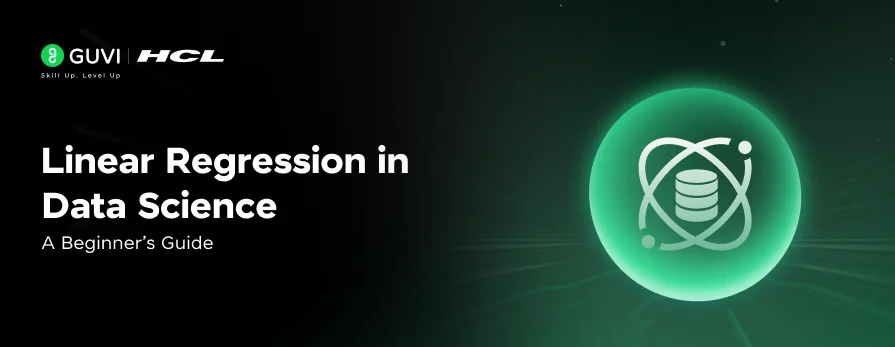
![What is the Difference Between BI and Data Science? [2025 Beginner's Guide] 8 difference between bi and data science](https://www.guvi.in/blog/wp-content/uploads/2025/06/Difference-Between-BI-and-Data-Science_.png)
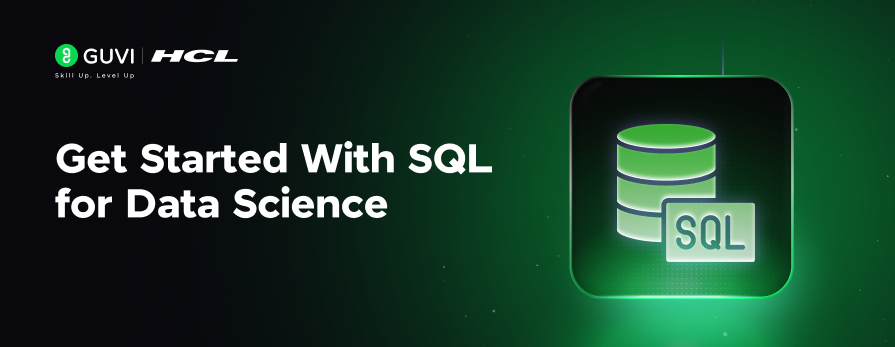
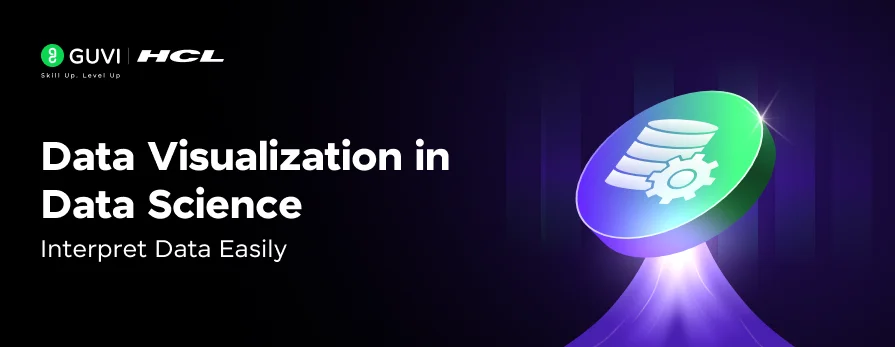
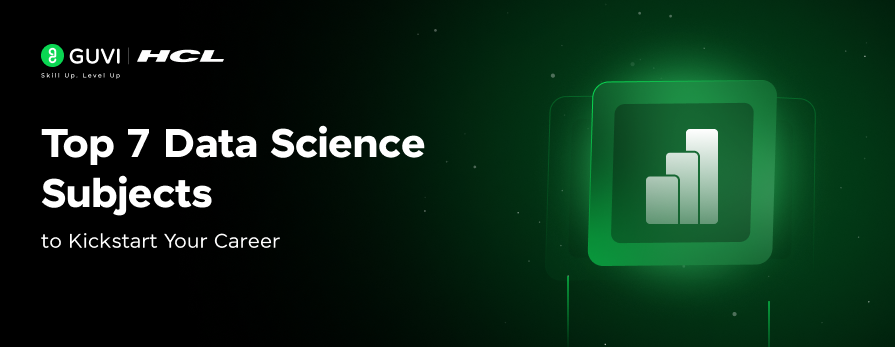
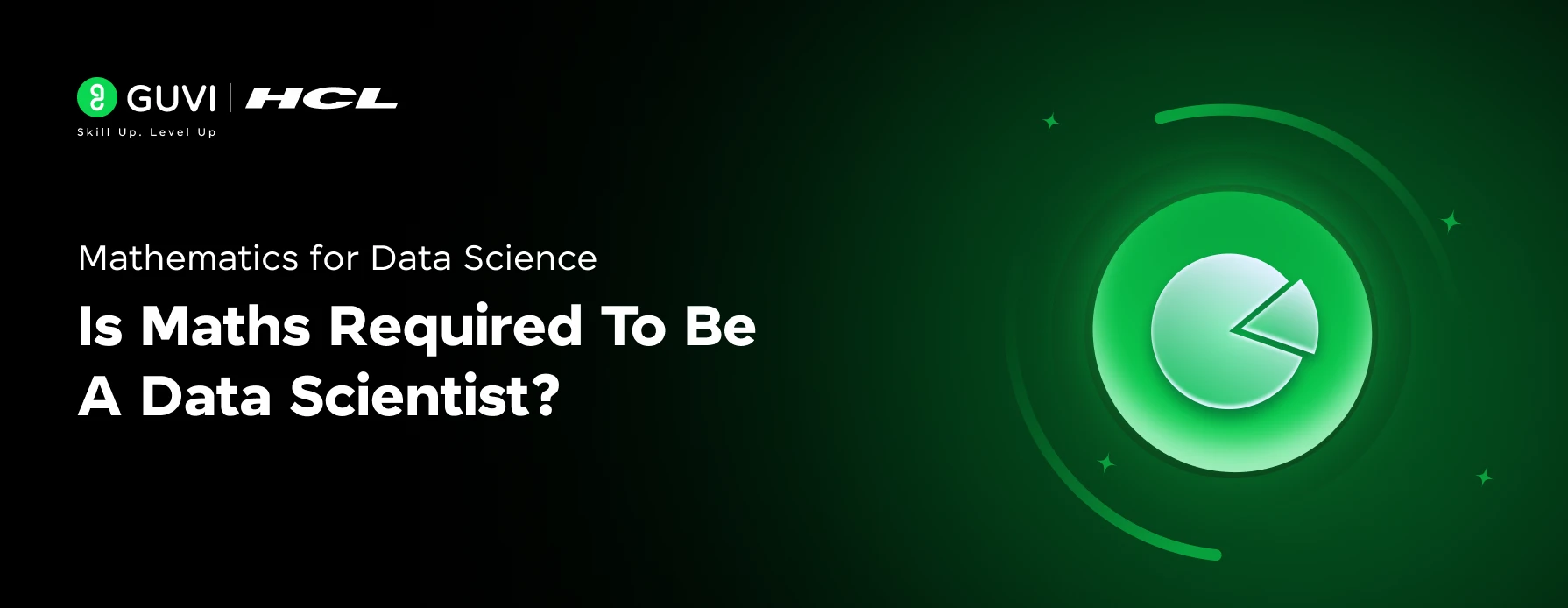
![Types of Data Science Explained: A Simple Guide for Complete Beginners [2025] 13 types of data science](https://www.guvi.in/blog/wp-content/uploads/2025/06/Types-of-Data-Science-Explained_-A-Simple-Guide-for-Complete-Beginners.png)
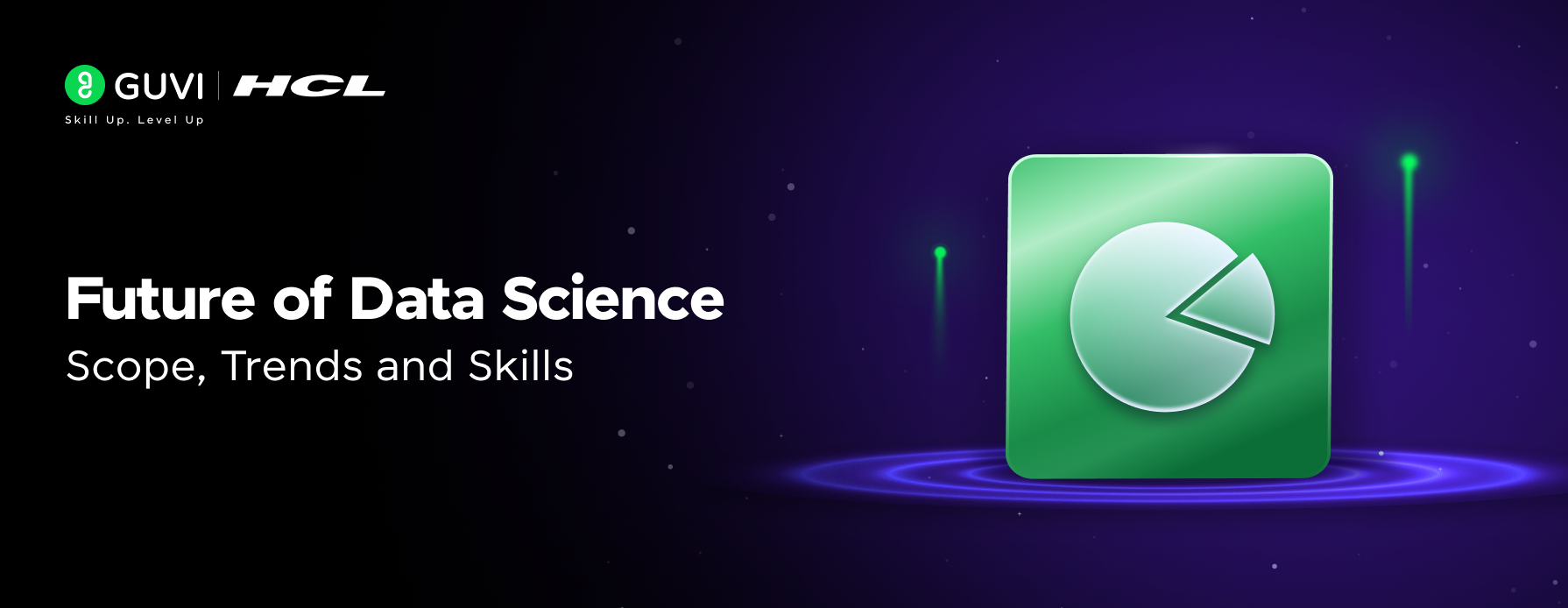


Did you enjoy this article?